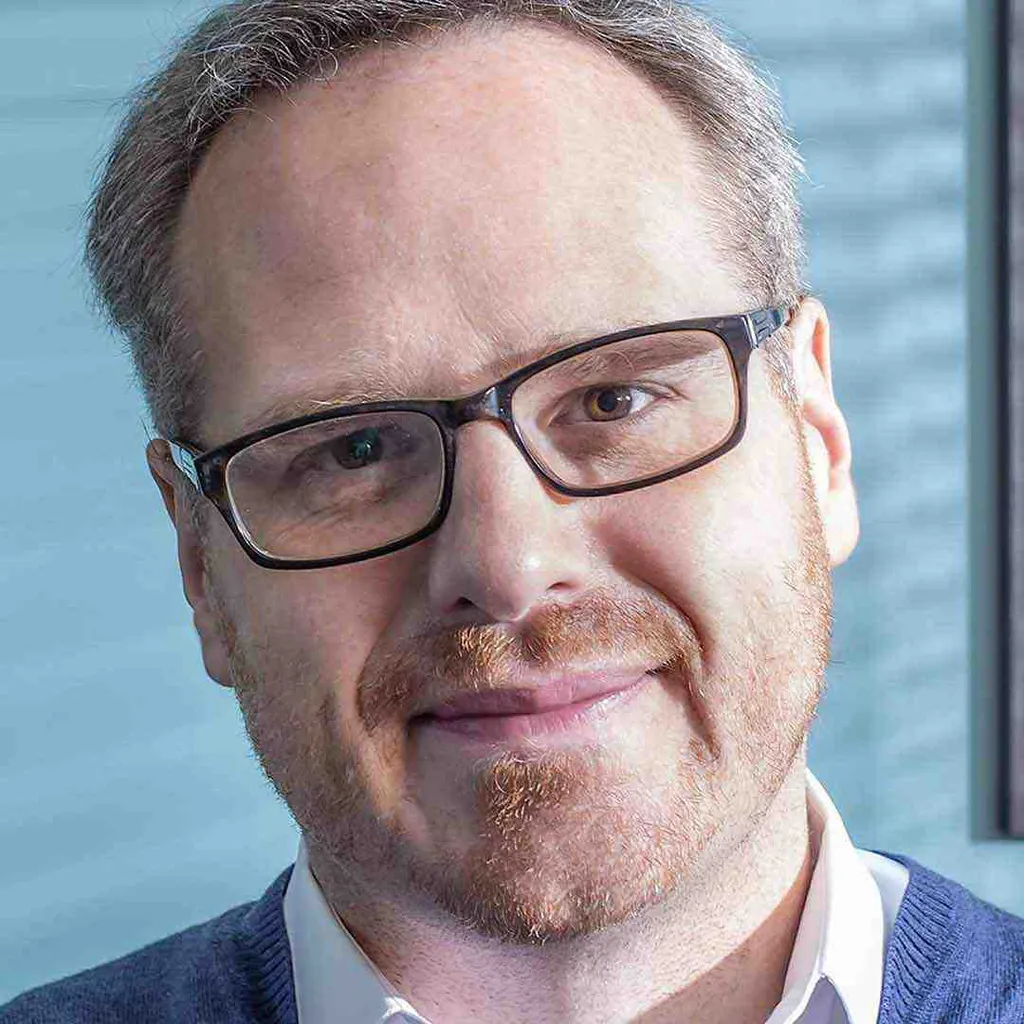- May 24, 2022
- By Maryland Today Staff
Two University of Maryland alums who helped sequence the first complete human genome joined Apple’s Tim Cook, ice skater Nathan Chen and Ukrainian President Volodymyr Zelensky among the luminaries named Monday to Time magazine’s 2022 list of 100 most influential people.
Adam Phillippy M.S. ’08, Ph.D. ’10 (below), a bioinformatician at the National Human Genome Research Institute, and Michael Schatz M.S. ’08, Ph.D. ’10 (below, lower image), a computational biologist at Johns Hopkins University, were recognized with colleagues Karen Miga and Evan Eichler for leading an international team of scientists that completed the feat. Both Terps are genomics experts who completed their doctoral training at UMD’s Center for Bioinformatics and Computational Biology (CBCB).

Their team, the Telomere-to-Telomere (T2T) Consortium, published their work in the journalScience in March 2022, detailing how they filled in gaps in the sequence of the human genome. (The article had another Terp author, computer scientist Sergey Koren ’02, M.S. ’05, Ph.D. ’12.)
The T2T researchers used a mixture of new "long read" DNA sequencing technologies to map a gap-free sequence of the roughly 3 billion bases (or “letters”) in human DNA.
In making the announcement for Time, Jennifer Doudna, a biochemist and winner of the 2020 Nobel Prize in Chemistry, wrote that the team had uncovered the human genome’s “dark matter,” which had been missed by earlier genome sequencing.
The Human Genome Project, which announced it had finished decoding the basic chemical instructions for life in 2003, skipped a significant section of the genome composed of highly repetitive sequences that were mostly considered “junk DNA” at the time. Researchers today know there’s more to it than that, making T2T’s work crucial.

“The complete human genome sequence is an invaluable resource that may provide new insights into the origin of diseases and how we can treat them,” Doudna said. “It also offers the most complete look yet at the genetic script underlying the very nature of who we are as human beings.”
Phillippy is head of the genome informatics section at the institute, where his lab has developed numerous widely used tools for the problems of genome assembly, alignment, clustering, forensics and metagenomics.
Schatz is a Bloomberg Distinguished Professor of computer science and biology at Johns Hopkins, where he uses computing to better understand human and agricultural genetics, leading to deeper knowledge of human diseases, targeted medical treatments and improved plants and crops.
“The success of the T2T project demonstrates the power of interdisciplinary science and represents the culmination of decades of advances in computational techniques for analyzing genomes, many of which were pioneered by Adam and Mike,” said Mihai Pop, a professor of computer science, director of the University of Maryland Institute for Advanced Computer Studies and a co-adviser to Schatz.
Pop said that during their time at CBCB, Phillippy and Schatz fostered a collegial and collaborative environment that still characterizes the center—“an environment that has contributed to the success of many other outstanding scientists.”
